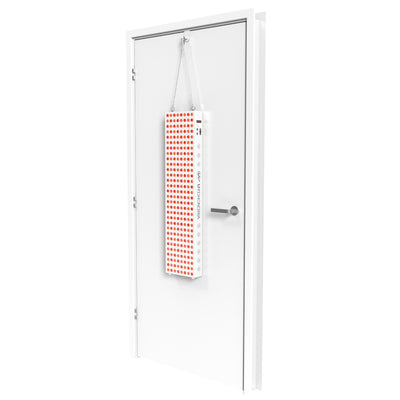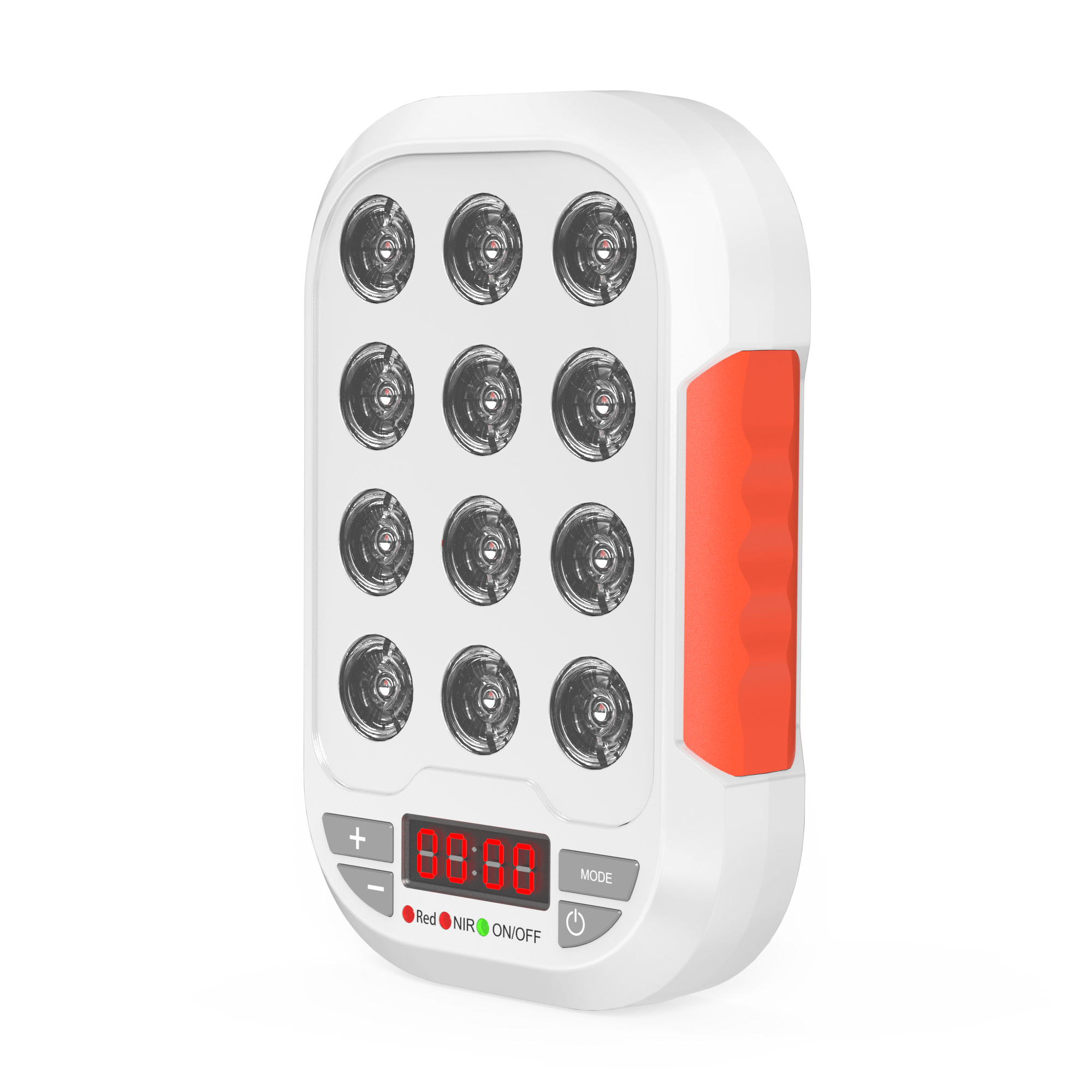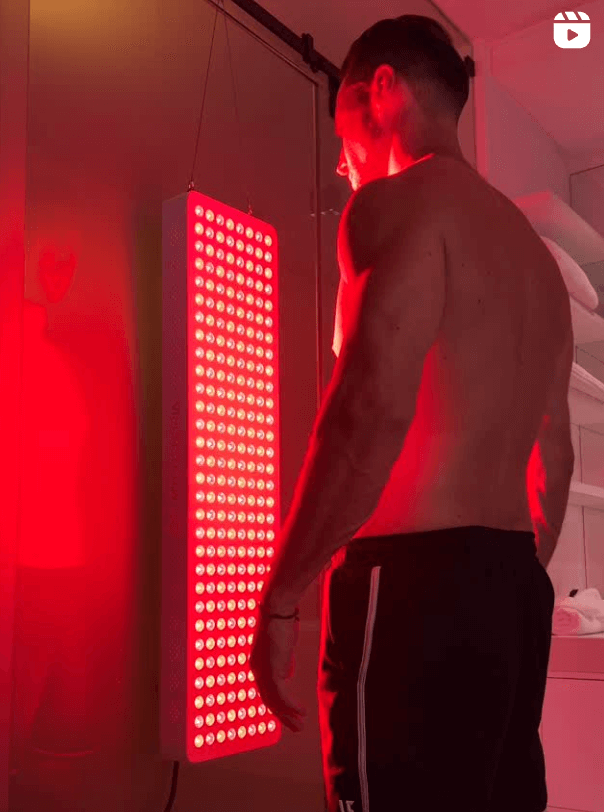Red light therapy has gained immense popularity as a safe and non-invasive treatment option for a variety of health conditions.
As LED-based red light therapy devices continue to flood the market, questions about the effectiveness of pulsing feature have baffled users.
In this article, we debunk the myth surrounding pulsing and shed light on why it is not necessary for successful outcomes when using LED-based red light therapy devices.
Understanding Red Light Therapy

Red light therapy, also known as photobiomodulation, utilizes specific wavelengths of non-UV light to stimulate cellular activity, enhance blood circulation, reduce inflammation, and promote tissue repair.
This therapy has shown promising results in treating skin conditions, promoting wound healing, and even alleviating pain.
Exploring the Pulsing Feature

Pulsing, in the context of LED-based red light therapy devices, refers to the intermittent, on-off cycling of light during a treatment session.
The concept behind pulsing is based on the idea that blinking lights may have a greater effect on cellular signaling or may offer better penetration into tissues.
However, existing scientific evidence does not support the necessity of pulsing for optimal red light therapy outcomes.
Where the Idea for Pulsing Came From

In the context of laser treatments, pulsing was initially adopted as a precautionary measure to prevent tissue overheating.
Laser devices emit highly focused and intense beams of light, which can generate a significant amount of heat.
Continuous exposure in these cases can lead to thermal damage, blistering, and burns.
By introducing pulsing intervals, practitioners believed they could lower the overall heat accumulation in tissues and minimize the risk of adverse effects.
However, it's important to note that LED-based red light therapy devices operate at significantly lower power outputs and emit non-coherent light, making them much safer and more gentle on the skin.
Therefore, the need for pulsing in LED-based red light therapy devices is not necessary, and possibly leads to less of a positive impact since you are exposed to less light.
Penetration and Tissue Absorption

Proponents argue that pulsing increases tissue absorption and penetration of red light therapy.
However, studies have shown that the extent of light penetration largely depends on the wavelength and power output of LEDs rather than the pulsing factor.
LED-based red light therapy devices operate within specific wavelengths, typically between 630 to 850 nm, which are already optimized for tissue absorption and depth penetration.
Safety Concerns

Pulsing can potentially cause discomfort or eye strain, especially for individuals sensitive to light flickering.
By eliminating the pulsing feature, LED-based red light therapy devices become more user-friendly and safer for extended treatment sessions.
Users can comfortably adhere to their treatment schedules without any concerns, ensuring consistent exposure to therapeutic light.
Conclusion

While pulsing may have some merits in other light therapy modalities, LED-based red light therapy devices do not require pulsing to deliver effective results.
Extensive scientific research has shown that the efficacy of red light therapy primarily depends on the intensity, duration, and wavelength of light exposure, rather than pulsing frequencies.
While pulsing makes look like a product advantage, the evidence indicates it is nothing more than a marketing tool.
Want to make sure you don't waste your money on a red light therapy device that doesn't work? Click below to learn which details makes a high quality red light therapy device.




























